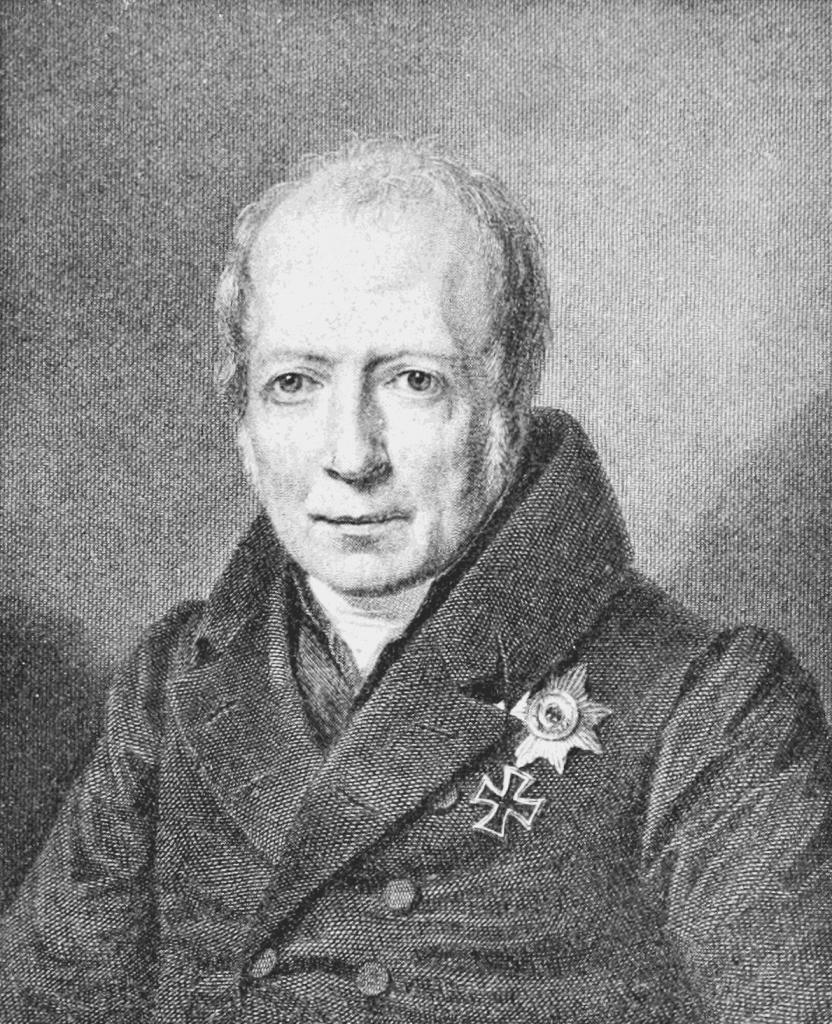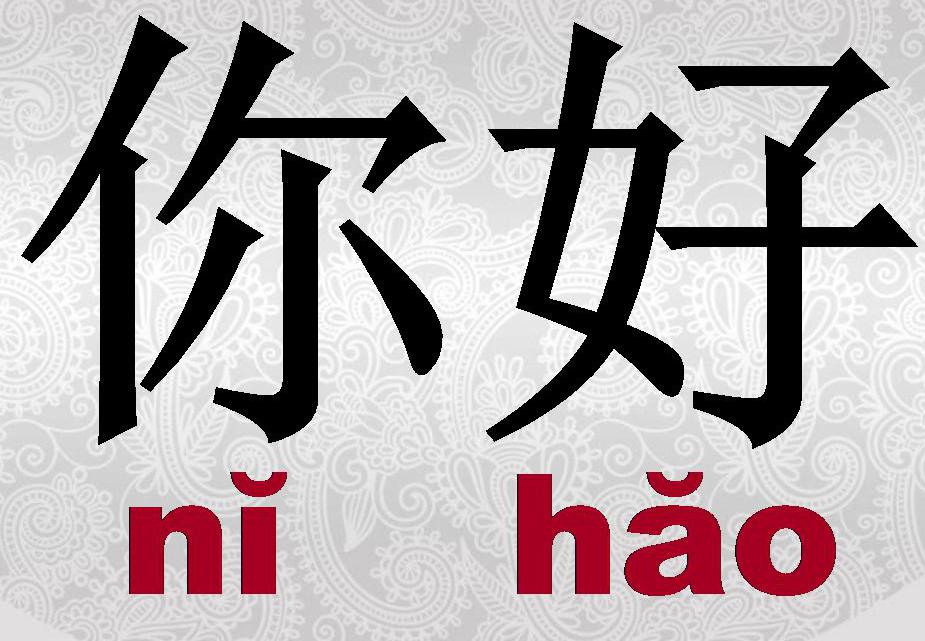Linguistics is a voluminous science, encompassing not just separate languages or separate language families, but all the languages of the world, studying, classifying, comparing and finding patterns. The result of such studies are numerous multivolume works and classifications on various grounds.
For example, it is possible to classify languages by kinship with each other. This approach is called "genetic" or "genealogical." However, at the turn of the 17th-19th centuries, another way of classifying languages appeared. The new approach, created by the brothers Augustus-Wilhelm and Friedrich Schlegel, was based on a common language type and system.
Typological classification of languages
In linguistics, typology is a comparative study of the structural and functional properties of languages, not paying attention to the presence or absence of family ties between them. The main goal of such a study of languages is to establish the similarities and differences between them, consisting in their most common and most important properties. Initially, Friedrich Schlegel divided languages into only two types: inflectional and affixing. His brother, Augustus Wilhelm, added to this classification, highlighting also the amorphous type of language. The typological classification of languages acquired a modern look thanks to Wilhelm von Humboldt, who supplemented the typology with the term “incorporating language” and drew attention to the fact that “pure” languages, that is, related to only one type and not containing elements of another type, did not it happens. Moreover, at different stages of development, languages can change, acquiring features inherent in another type.

In total, it is customary to distinguish four types of languages:
- Inflectional, which are languages with their inherent change of words using a variety of inflections, and also have ambiguous and non-standard affixes, non-independent word stems. This includes all Slavic languages, with the exception of Bulgarian, Latin, Semitic.
- Agglutinative, in which immutable and unambiguous affixes play a large role, mechanically attached to the same immutable word stems or roots. These are Finno-Ugric, Altai, Japanese.
- Unincorporated, in which sentence words are used, formed by adding together the individual base roots and service elements, where the beginning of such a word will most often play the role of the subject, the end the predicate, and the middle will carry all the rest of the information. These include Paleo-Asian, Eskimo and Native American languages.
- Isolating, which will be discussed in more detail below.
Isolation Type Languages
By such languages in modern linguistics it is customary to understand languages that do not have affixes. Their grammatical meanings (time, number, case, and others) are expressed either by adjoining one words to another, or by using service words. The word and root in such languages are equivalent. Moreover, unlike agglutinating languages, languages of an isolating type do not form complex combinations with suffixes and prefixes.
Features of root languages
Each group of languages has its own distinctive features inherent only to it. Isolating languages are no exception. Such languages have the following distinctive features:
- words are immutable;
- word formation is poorly developed;
- the word order in sentences is grammatically significant;
- official and significant words are weakly opposed to each other.
Isolating or amorphous language - how to?
In fact, both of these names are equivalent. In addition to the terms “isolating language” and “amorphous language”, “root isolating”, “root” and “shapeless” are also applied to representatives of this group. Their essence reflects the use of exclusively unchangeable (not having other forms) root elements.
Examples of isolating languages
The most striking example in the modern world can rightly be called Chinese. However, he is not the only one in this group. The Tibetan language and some other representatives of the Himalayan languages, as well as the Indochinese languages as a whole can boast similar characteristics.
Moreover, the Indo-European proto-language, which gave rise to many modern languages, went through a similar stage of development, isolating. It is also possible to talk about isolating tendencies in modern English, expressed, for example, in a certain tendency towards a root character.
The most famous amorphous language is Chinese
Interest in learning the Chinese language is growing every year, but without knowing in advance some of the features of this language, many beginners are scared and give up classes. Meanwhile, some zeal will help to successfully overcome the first difficulties. In order not to be shocked at the first encounter with a new language for you, learn about it several important points. For example, the following will prepare morally for acquaintance with the Chinese isolating language:

- The word order is grammatically significant, and determines the meaning and role in the sentence of a word. All sentences are built on strict "patterns", and by changing the words in places, you can distort their meaning beyond recognition. Moreover, the number of "templates" is not so great.
- In Chinese, it is impossible to clearly determine to which part of a speech a particular word belongs, and all the divisions available in the textbooks are conditional and “tailored” for the convenience of the European reader to the familiar concepts.
- The Chinese language is a system of monosyllables that are combined in various combinations.
- The meaning of a syllable is determined by tone, while the meanings themselves may not be interconnected. In Chinese, there are four tones, as well as a neutral tone.